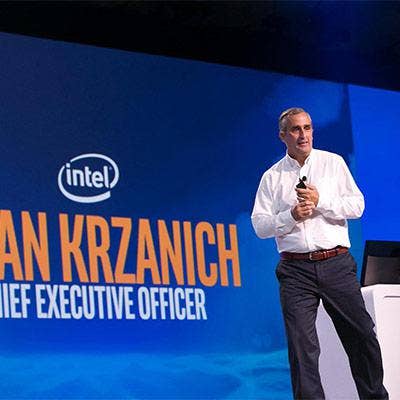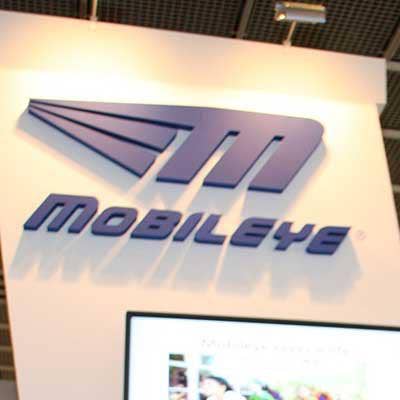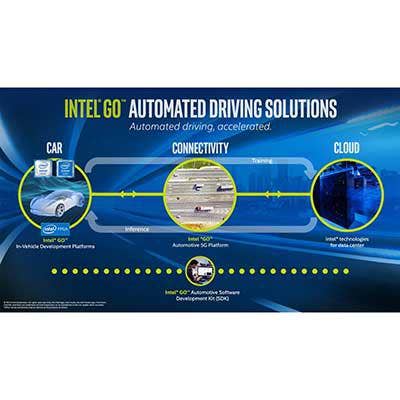5 Big Moves Intel Has Made To Drive The Autonomous Vehicle Market

Intel's Autonomous Vehicle Drive
Last week Intel closed its $15.3 billion acquisition of Mobileye and announced plans to bring fully autonomous vehicles to market.
"With Mobileye, Intel emerges as a leader in creating the technology foundation that the automotive industry needs for an autonomous future," said Intel CEO Brian Krzanich (pictured) in a statement. "It's an exciting engineering challenge and a huge growth opportunity for Intel. Even more exciting is the potential for autonomous cars to transform industries, improve society and save millions of lives."
Lately, Intel has built its autonomous vehicle business and is showing a real commitment to one of the leading technology platforms of the future. Here are five moves the company made to signal its drive to win in the autonomous vehicle market.

Automated Driving Group
In November 2016, Intel lifted the curtain on the Automated Driving Group, which the company said will research and develop innovative next-generation autonomous driving solutions and driver-assist connected systems. Earlier in November, Intel CEO Brian Krzanich announced that the company will invest $250 million in autonomous driving to learn more about next-generation connectivity, context awareness and security.
Intel executive Doug Davis will lead the charge in the company's Automated Driving Group.

Mobileye Acquisition
Intel in March announced it would acquire Mobileye in a $15.3 billion acquisition, deepening the chip manufacturer's capabilities around connected cars. Israel-based Mobileye comes with a portfolio loaded with tools for advanced driver assistance systems, from surround vision, sensor fusion, mapping, and driving policy products for car OEMs like Honda, BMW and Volvo.
Intel aims to leverage Mobileye's offerings to create an accelerated pace of autonomous innovation, industry-leading artificial intelligence for complex decision-making, and recurring revenue stream opportunities.

Go Automotive 5G Platform
At CES 2017, Intel unveiled the Go Automotive 5G Platform, the industry's first 5G-ready test platform for the automotive industry. The platform provides a software development kit with specific tools for the automated driving industry, such as deep learning toolkits, and provide the computing horsepower to perform automated driving functions like perception and decision making.

Bringing Connected Cars To Market
After closing its acquisition of Mobileye in August, Intel announced that it plans to build a fleet of up to 100 fully autonomous vehicles for testing in the U.S., Europe and Israel.
Intel said that it will combine Mobileye's technology, including computer vision, fusion, mapping and driving policy along with Intel's Open Compute Project (OCP) platforms and expertise in data centers and 5G.
The fleet will include multiple car brands and vehicle types to demonstrate the technology's agnostic nature, according to Intel.

Automotive Edge Computing Consortium
In August, Intel announced it will collaborate with Toyota, Denso, Ericsson and NTT DoCoMo to create the Automotive Edge Computing Consortium. This consortium aims to solve problems around data usage in connected cars as they increase in the future.
"It is estimated that the data volume between vehicles and the cloud will reach 10 exabytes per month around 2025, approximately 10,000 times larger than the present volume. This expected increase will trigger the need for new architectures of network and computing infrastructure to support distributed resources and topology-aware storage capacity," said the group in a statement.